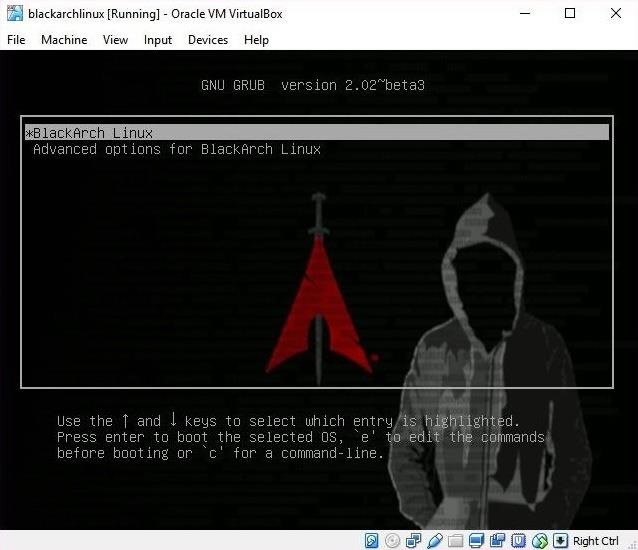


Now, I know people are going to say that they are using their Kali machine for practice and lab purposes and they will be using a NAT network so the odds are slim that your machine could be exposed. Root account present, same password, same outdated SSH keys etc.… A recipe for disaster if someone were to gain access to your Kali machine. Second, everyone who installs these machines have the same settings by default. As a result, Kali is outdated when you install it. First, they make these files every few months or so. There are two things to remember with these virtual machine files made by Offensive Security. However, they often forget to secure Kali itself. When people install Kali Linux, their goal is to use it for cyber security purposes. It is important to address these issues before you start using your Kali Linux machine. However, when installing the virtual machine, there are several components that are not installed, outdated or set with insecure default settings. We went through the steps of installing VMWare and VirtualBox, downloading the virtual machine file to them and finally running the virtual machine. In my last article, I explained how to create a Kali Linux virtual machine. Do so and hit Enter again.Īfter you get back to the recovery menu, select resume normal boot, and use Ubuntu as you normally would.How to Secure Your Newly Created Kali Linux Image

You'll be prompted to retype the password. Just type the password and hit Enter when you're done. When you type the password you will get no visual response acknowledging your typing. You'll then be prompted for a new password. Where username is the username you want to reset. If you have forgotten your username as well, type: In recent versions of Ubuntu, the filesystem is mounted as read-only, so you need to enter the follow command to get it to remount as read-write, which will allow you to make changes: The root account is the ultimate administrator and can do anything to the Ubuntu installation (including erase it), so please be careful with what commands you enter in the root terminal.

Navigate to the Drop to root shell prompt using the arrow keys and press Enter.


 0 kommentar(er)
0 kommentar(er)
